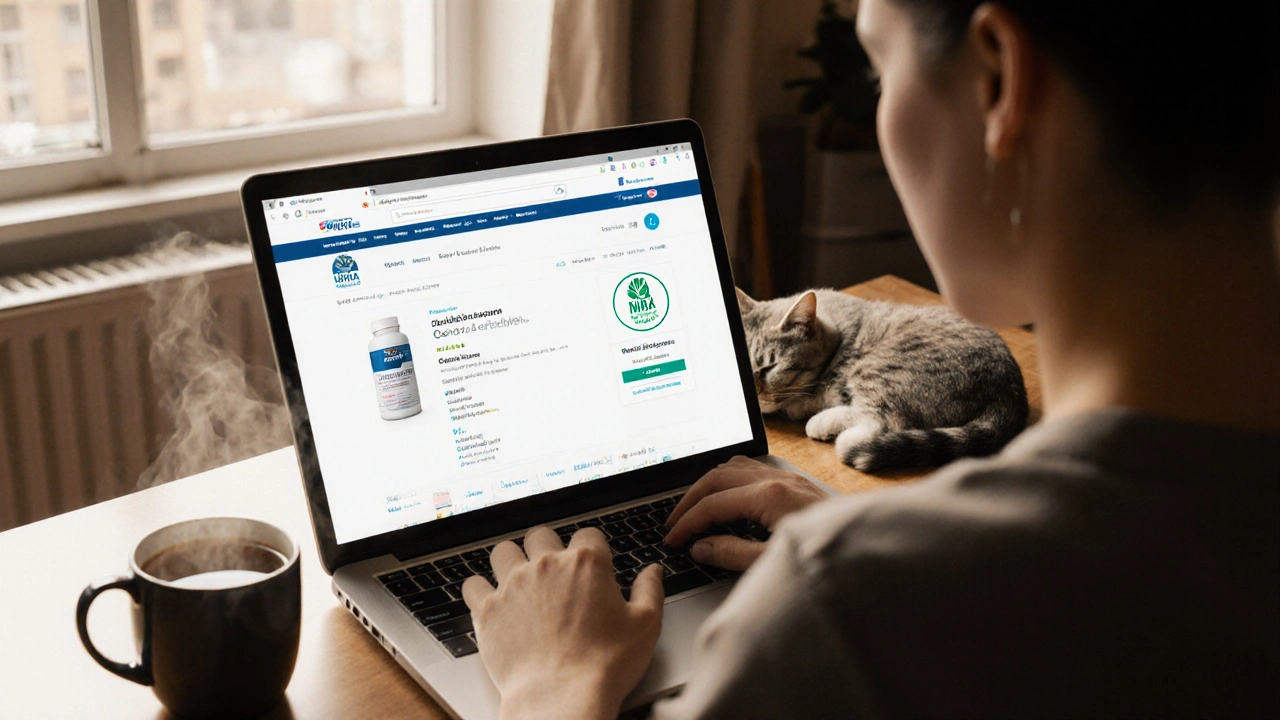Escitalopram Prescription: What You Need to Know
If your doctor gave you escitalopram, you probably have questions about why it was chosen and how to use it right. This guide breaks down the basics in plain language so you can feel confident about your treatment.
Why Doctors Choose Escitalopram
Escitalopram belongs to a drug class called SSRIs (selective serotonin reuptake inhibitors). It works by increasing serotonin levels in the brain, which helps lift mood and calm anxiety. Doctors often start with escitalopram because it has a clear effect, fewer drug interactions, and a relatively low risk of weight gain.
Typical reasons for prescribing escitalopram include major depressive disorder, generalized anxiety disorder, panic disorder, and sometimes obsessive‑compulsive disorder. If you have any of these conditions, your doctor may have picked escitalopram for its proven track record.
How to Take Escitalopram Properly
Most adults start with a 10 mg tablet taken once daily. Your doctor might raise the dose to 20 mg after a few weeks if symptoms haven’t improved. Take the pill in the morning or evening—whichever works best for you—but try to keep the time consistent.
Swallow the tablet whole with water. You can take it with food or on an empty stomach; food doesn’t change how the drug works. If you miss a dose, take it as soon as you remember unless it’s almost time for the next dose. In that case, skip the missed one and continue as scheduled. Never double up.
Give the medication at least two weeks before expecting major changes. Full benefits often appear after 4‑6 weeks, so patience is key. Keep a short diary of mood, sleep, and any side effects to share with your doctor at follow‑up visits.
Common side effects include nausea, headache, dry mouth, and mild sleep disturbances. These usually fade within the first week. If you notice severe nausea, rapid heartbeat, or thoughts of self‑harm, contact your doctor right away.
Escitalopram can interact with other drugs, especially other antidepressants, certain antibiotics, and blood thinners. Always list every medication and supplement you take before starting escitalopram. Alcohol can increase drowsiness, so limit intake while you’re adjusting.
Don’t stop the medication abruptly. Stopping suddenly can cause withdrawal symptoms such as dizziness, electric‑shock sensations, or mood swings. If you need to quit, your doctor will taper you off slowly.
Store escitalopram at room temperature, away from moisture and heat. Keep it out of reach of children and pets. If a tablet looks discolored or broken, discard it and get a fresh one.
In summary, escitalopram is a well‑studied SSRI that helps many people manage depression and anxiety. Taking it as prescribed, watching for side effects, and communicating with your clinician will give you the best chance of success.
Buy Online Cheap Generic Lexapro - Safe, Simple Guide
Learn how to safely buy cheap generic Lexapro online, verify pharmacies, compare prices, and avoid counterfeit meds with a step-by-step guide.
